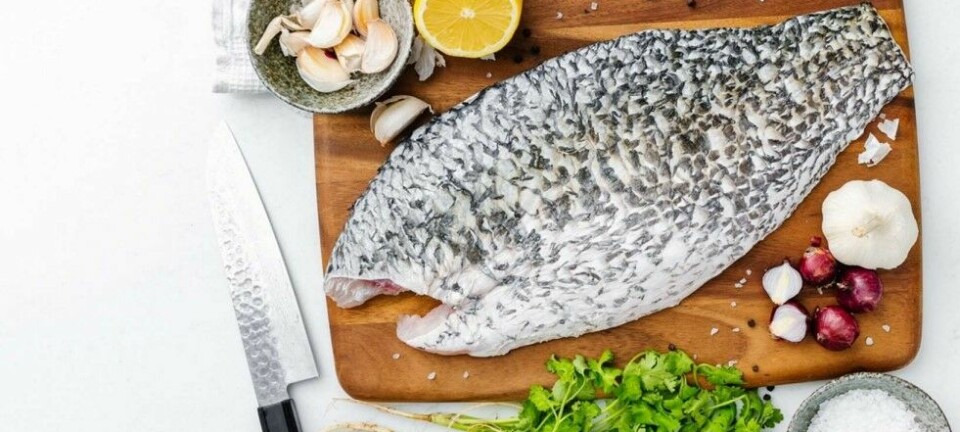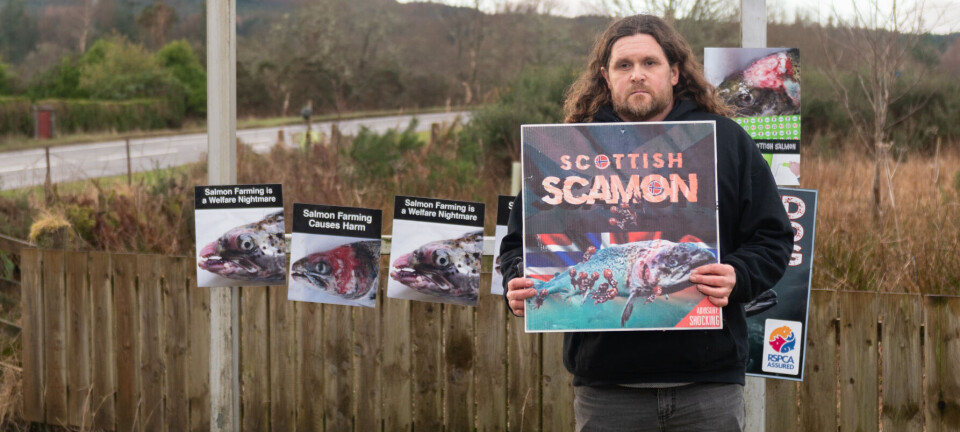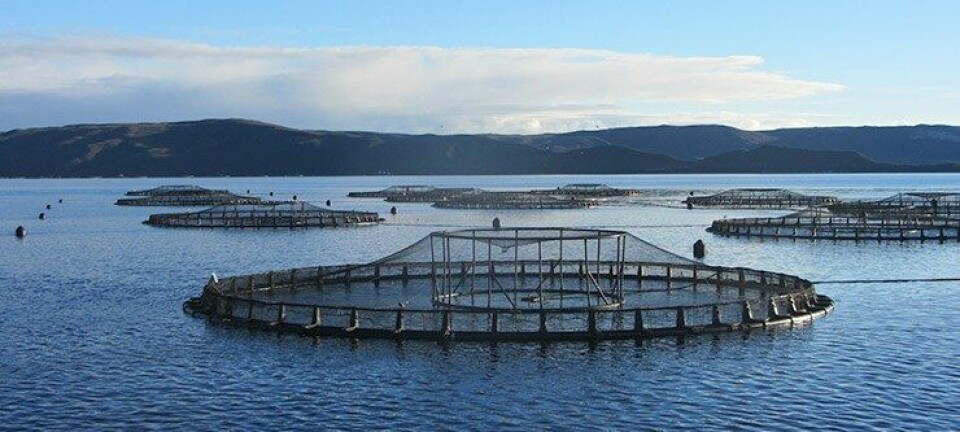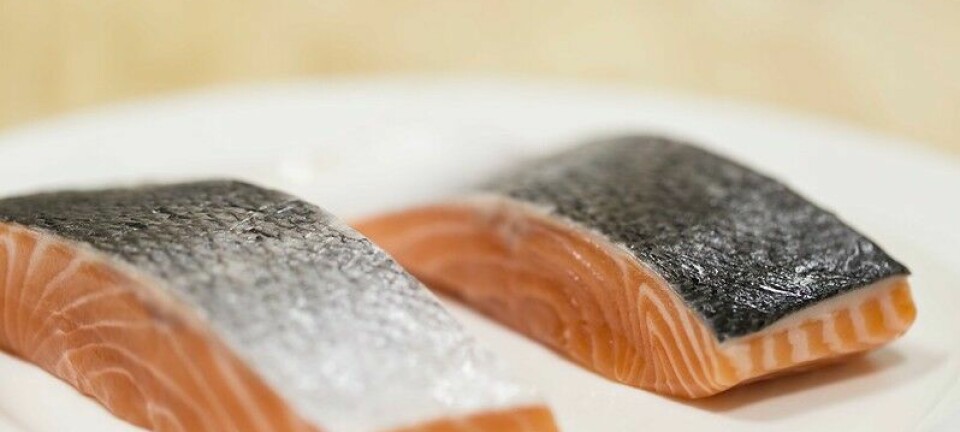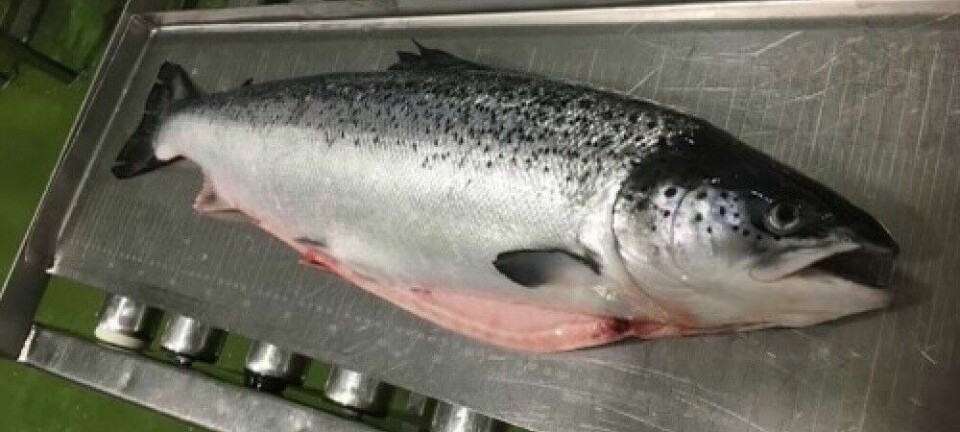Aquaculture in Southern Europe: Present status and future perspectives
Pavlos Makridis
Dr. Pavlos Makridis, Research Scientist, Institute of Aquaculture, Hellenic Center for Marine Research, Iraklio, Crete, Greece, email: makridis@her.hcmr.gr
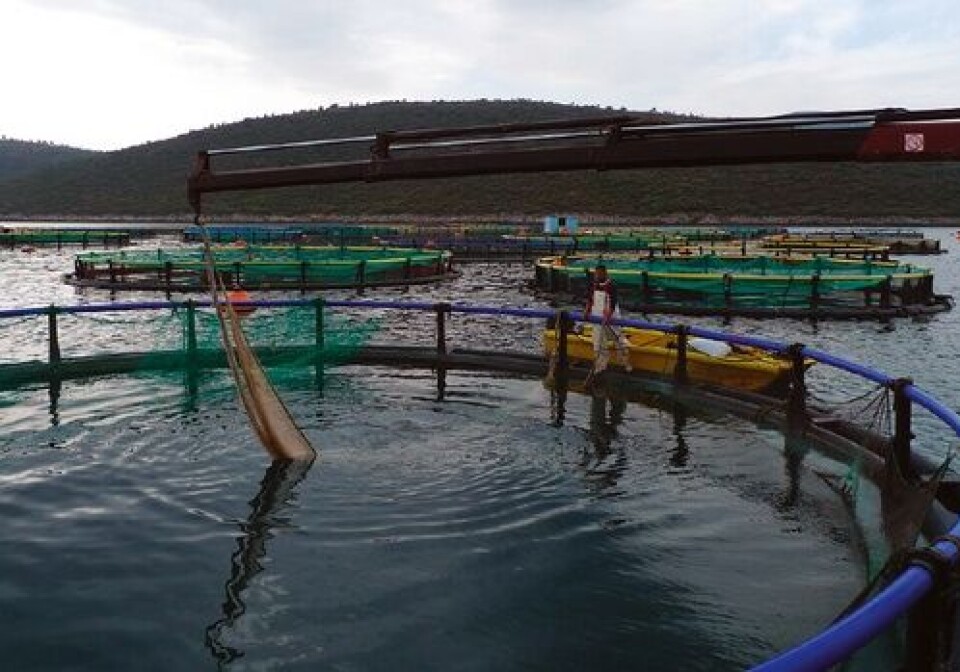
Pavlos Makridis took his PhD in Aquaculture at the Norwegian University of Science and Technology, Trondheim, Norway in 2000 on “Methods for microbial control of live food used for the rearing of marine fish larvae”. He has long experience in research related to live food, probiotics, and microbial ecology aspects in rearing of marine fish larvae. In recent years, he has focused on optimization of photobioreactors, use of microalgae for production of biodiesel, and other biothechnological approaches related to microalgae cultures.
Aquaculture is the fastest growing food production industry on a worldwide basis. This is partly due to the collapse of many fisheries, while at the same time there is an increased demand of fishery products. Awareness on healthy nutrition gets higher among people and, as fish is rich in micronutrients and contains poly-unsaturated fatty acids, it is considered a healthier food item compared with meat. Mediterranean aquaculture has experienced a large production increase since the early nineties based on the culture of gilthead sea bream and sea bass. In Greece, farmed marine fish is the agricultural product, which scores highest in terms of export value leaving olive oil, a traditional Greek agricultural product, in the second place. The two countries with the highest production of marine fish in Southern Europe at the moment are Greece and Turkey, which are both located in the Eastern Mediterranean. The market of sea bream and sea bass seems however to have reached its ceiling, as these species are not known to the consumers outside the Mediterranean. Time and increased marketing effort is required to make them known in other markets, such as Northern Europe and the USA. The production of sea bream and sea bass has shown an annual rate of increase of 0.5% in the period 2001-2008, although the target determined at 2002 by the European Union for this aquaculture sector in this period was an annual rate of increase of 4%. At the same time, due to a large increase in demand for fish in the EU, import of fish from Asia or other places has increased dramatically recently (from 40% to 65% of total consumption during the last decade). In other words, the increased demand in Europe for fishery product was not covered by aquaculture product, but mostly by fishery products captured or produced elsewhere. At the same time, the structure of the market has changed as higher quantities reach the final consumer through the large supermarket chains. These retail chains often get bargain prices after deals for large quanta with bigger enterprises in the aquaculture sector. The major bottlenecks encountered during the first two decades in terms of production of marine aquaculture in the Mediterranean were related to quantity and quality of juveniles, health management, and improvement of production methods involving a higher degree of automation. The major challenges for the future involve species and product diversification, selective breeding and thereby improvement of farmed stocks, use of alternative components instead of fishmeal and fish oils in the feed, culture in off-shore facilities, and reduced impact on the environment.
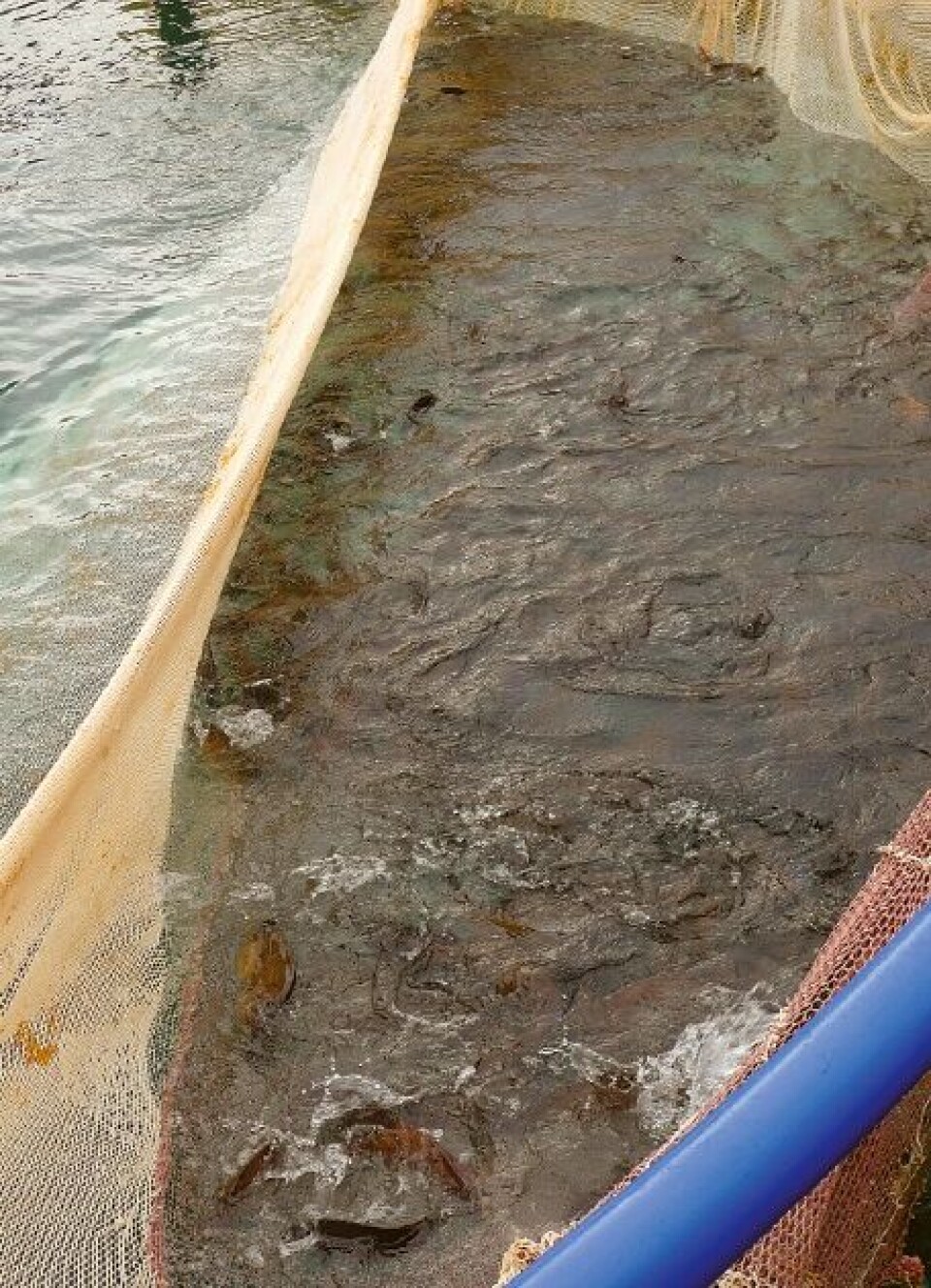
Juvenile quality Juvenile production has been a major bottleneck for the expansion of marine fish aquaculture production throughout the world. In addition, the early life stages are decisive for the quality of the final product. Juvenile quality is determined primarily by their genotype, the egg quality, and by the environmental and nutritional conditions encountered by the fish during the early ontogenetical stages. In the case of the two species mainly cultured in Southern Europe (gilthead sea bream and sea bass), pioneer studies made decades ago in France and UK has formed the necessary scientific basis for the establishment of industrial processes in Southern Europe. However, mass production of marine fish juveniles encounters still several problems related to issues such as unpredictability and variable quality of juvenile batches produced. Unpredictability is related to issues such as crashes of live food production and microbial control in larval tanks. Mass mortalities are still encountered at times and larval production managers take this into account in order to meet the demand for juveniles. Rotifers are required at least in the rearing of gilthead sea bream larvae. Despite, continuous scientific research and development of new products, rotifer production still suffers at times of massive crashes which have a large impact on the rearing of the larvae, as larvae are very sensitive to availability of food during the first weeks after hatching. Problems with zootechnical issues are also important for the successful rearing of marine fish larvae and may lead to malformations and juveniles of lower quality in terms of growth potential and viability. Two breakthrough points have been the incorporation of highly unsaturated fatty acids in the live food, and surface cleaners in the larval tanks. These two issues have been important for the successful massive rearing of marine fish larvae. Skeletal malformations are, however, still an important matter as they result in reduced growth, make the product unacceptable by the consumers. In the case of both sea bream and seabass, the main product is the whole fish market, as most of the production is not filleted, but sold as portion fish. Skeletal malformations are therefore a critical issue for this type of product, as the consumer can purchase the whole fish and perceive easily deviations from “normal” appearance. High occurrence of low quality batches of larvae makes the production system inefficient, because a lot of larval feed, human effort and use of tanks have as a result a final product (juveniles) of a lower quality. These juveniles are the basis of the further process (during the on-growing phase), and their quality can be therefore a critical factor for the success of the enterprise. Fluctuations in temperature have been reported as a major cause for malformations in sea bass and sea bream. Standard operating procedures should be established for the minimal appearance of deformities in the first place, as well as continuous monitoring for early detection of problematic batches and discarding of malformed individuals, so these are not incorporated in the on-growing phase.
Health management Fighting diseases has been a main issue since the beginning of intensive aquaculture industry. Rearing of fish at high stocking densities, much higher than in nature, has two main negative effects: 1) Stress the fish and thereby reduces its ability to counteract pathogens, as its immune system is hampered, and 2) Facilitates spreading of diseases among farmed fish. For many farmers, avoidance of stress, in other words fish welfare, is the key for successful health management. Good husbandry and careful management of farmed fish makes it difficult for disease infestation and spreading in the farms. Disease prevention is the way for success in the aquaculture sector. A major tool for disease prevention is the use of vaccines. Vaccines have been developed for Mediterranean fish against Vibriosis and Pasteurellosis, where Vibrio anguillarum and Photobacterium damsela, subspecies piscicida are the causative agents, respectively. Vaccination, if successful, may have a dramatic impact on disease incidence in the farms. The drawback for vaccination is that it protects the fish against specific diseases. In the case of new diseases emerging in one area, the time required for development of a new vaccine against the “new” pathogen is quite long. Besides vaccination, other preventive measures which have shown promising results in experimental scale and could be used during critical periods of the production cycle are the use of probiotics and immunostimulants. Probiotics are live microorganisms, such as bacteria and yeasts, which are added usually in the feed. A lot of pathogens use the gut as a port of entry in the host and probiotics may comprise a first line of defense against the colonization of pathogens. Probiotics could be used in a critical period such as first feeding of marine fish larvae, or during the transfer of juveniles to the cages. These two transition periods are often accompanied by high mortalities. Probiotics, besides competing with pathogens, may provide their hosts with enzymes or vitamins. Production of enzymes able to digest plant materials is a relatively new aspect of research on probiotics, as this may prove important for the use of alternative protein or lipid sources in fish feed. Immunostimulants are compounds that enhance the activity of both non-specific and specific immune system. The advantage of both immunostimulants and probiotics is that their action is not directed in most cases against some specific microorganisms, so they could be used against a vast array of potential pathogens. Once disease has established, economic losses can be substantial. Isolation of pathogen and susceptibility tests to determine the most efficient antibiotic is a common approach. There is an increased trend in the sector to avoid use of antibiotics. Large losses due to bacterial or viral diseases are not so common in Mediterranean aquaculture any more. A new problem emerging is the occurrence of problems caused by parasites. In general, diseases cause some economic losses to the farmer and create a negative image of the sector due to issues related to animal welfare, use of antibiotics and other therapeutic agents.

Selective breeding Selective breeding for the development of farmed animals able to grow fast, adapt well to rearing conditions and show high disease resistance has been applied by humans for all farmed land animals. In the case of modern intensive aquaculture, a similar approach has been conducted for Atlantic salmon, through strategic programs which had as a result the development of farmed salmon able to exhibit fast growth, delayed maturation, disease resistance and other traits important for the farmer. The outcome of this work done in salmonid breeding programs has been quite impressive in terms of higher growth, as it is reached 10-14 % improvement per generation. It is believed that selective breeding may lead to improvement of the characteristics of aquatic farmed animals in general. Intensive aquaculture in general is a relatively new industry in comparison to farming of land animals and very few advances in this aspect of utilizing selective breeding to improve the efficiency of the production system have been done. It is estimated that today less than 10% of aquaculture worldwide is based on genetically improved stocks. In addition, although there is a large potential for genetic improvement, the application of modern genomics tools in aquaculture is minimal. Most breeding has taken place using family selection or other simpler approaches. Growth rate is a quantitative trait, and it is influenced by many genes. Quantitative trait loci (QTLs) are regions on the genome which have been detected to have an effect on the expression of a specific trait. Detection of QTLs involves the mapping of polymorphic molecular markers for a fish species and it is a laborious process. This work has been performed for a number of economical important traits for both economically important species in the Mediterranean. In most cases, the whole amount of loci involved in quantitative traits is not easily determined. Moreover a wide range of parameters influences the nature of quantitative variation including the genetic basis of QTL in addition to environmental interactions. A fact that makes things more complicated in fish is that the phenotype is influenced as well by so called maternal effects, such as egg quality and early life history in general. It is therefore evident that there is room for improvement by selective breeding of the stocks farmed in aquaculture. In the case of fish species farmed in the Mediterranean, some efforts have been made by large enterprises acting in the area towards this direction. Use as broodstock of fish individuals that have exhibited a high growth rate under routine culture condition is the most common approach applied. In addition, growth is a trait that shows high response and has thereby a high and rapid return value for the enterprises. In recent years, a special focus has been given to disease resistance as an additional trait with a high impact for the sector. Diseases are a critical issue for the companies because in addition to the production losses caused by diseases there is a negative effect on the profile of the sector in relation to the consumers and the public opinion in general. An additional important trait which could be important in the future is the ability to utilize feeds made of alternative protein and oil sources. New genomic tools will have a high impact towards a possible the improvement. It should be underlined here that no genetic engineering is necessary to make this improvement of the farmed stocks. New genomic tools will assist for a most appropriate selection and evaluation of individuals used as broodstock. Such tools include genetic maps and whole genome maps of several farmed species. There is already a lot of information in relation to fish genome due to the large extent of studies done on zebrafish and medaka, which have been selected as model genomic organisms. The availability of ESTs (expressed sequence tags) from farmed species continuously increases. However, more than 40% of ESTs in fish originates from zebrafish genome. Sequencing technology have evolved substantially the last decade and there is continuously more information on the genome of many farmed species, so it is expected that some of the bottlenecks and general problems in aquaculture, such as disease resistance, adaptation to rearing conditions, feed utilization could be solved by the aid of genomics technology. Genomic tools besides selective breeding, can applied as well for avoidance of in-breeding, evaluation of origin and sex determination in cultured fish species.
Alternative feeds Intensive aquaculture in the form present in Southern Mediterranean both in the case of sea bream and sea bass as well as in the case of tuna farming is based on use of low-value fish used for the rearing of high-value fish. Fishmeal is today the main component in fish feeds, although the percentage of fishmeal in the composition of the fish feeds has decreased the last decade. However, there is continuous reduction of fish landings from the wild and it is logical therefore to assume that fishmeal will be in the future a rare and more expensive commodity. Fishmeal supply exhibits also fluctuations due to El Nino phenomenon or other causes. Extensive overfishing has led to reduced average size caught. In other words, fish are often captured before they reach sexual maturation, and thereby before they had the opportunity to propagate. If this is case, on a long term fishery will not be a sustainable activity. Nowadays, about 70% of wild fish caught is used for human consumption, and the remaining 30% is used as animal feed (including land living farmed animals, fish and other aquatic organisms and pets. There is a decreasing tendency for latter part, which means that less and less fish is used as animal feed. Another fact that motivates the substitution of fishmeal by other sources for protein is that fishmeal may contain pollutants such as dioxins. In addition to short supply and pollutants, another aspect it the increasing cost of fishmeal. The average price per ton of fishmeal has doubled from 600 to about 1200 USD in the period 2002 to 2009. It should be underlined here that fish are more efficient in conversion of protein to end product than other farmed animals, such as pig or chicken. The high conversion efficiency is partly due to the fact that they do not have to maintain high body temperature compared to land-living farmed animals and spend energy expenditure to build heavy skeletons and maintain posture in the water. The aquaculture industry is based thereby on a natural resource, wild captured fish, which is constantly depleted. This fact creates a threat for the future of the sector. At the moment, plant proteins and wastes from fish processing industry seem as two sources of protein which could be utilized to a higher degree in the future. Soybean is the most important and preferred source for plant protein to be used as a component in fish feed. Soybean meal which is used in feed manufacture is a by-product of oil extraction from soy and has a high protein content ranging from 45-50%. Most of soy is grown in USA, Brazil and Argentina and has a high potential for further increase in production. Over half of the crop is however, genetically modified mainly for herbicide tolerance. Besides soy, oilseed rape, oil palm, and sunflower are the main crops that are expected to dominate in the future and cover the global needs for protein in the future. More than 25% of fishmeal is derived today from such by-products of fish processing industry. As price of fishmeal doubled, it became more profitable to make changes in the production process and thereby re-gain some of the fishmeal or fish oil, which would be otherwise a waste product. By-products such as leftovers from filleting process (fish flesh, skin, and bones) can be used as silage substrate where the tissues are partly hydrolyzed. Heating sterilization of the produced hydrolyzate makes possible the use of the resultant concentrate for feed production. Nevertheless, there is a legislation in EU countries, which prohibits use of protein concentrate prepared from tissues of one farmed species to be used as a component of feed for the same species. Single-cell proteins produced from cultures of bacteria, yeasts and microalgae offer also new possibilities. The production cost for biomass produced in this way is still prohibiting, so it will not become a feasible alternative in the near future. Some high-value components of feed, such as astaxanthin, could be produced by produced by cultivation of the Haematococcus pluvialis or other microalgae species. Astaxanthin is a lipid-soluble pigment which gives the familiar red color to shrimp, and is also found in some farmed fish such as salmon, trout, and red sea bream. Due to its high cost, feed supplemented with astaxanthin is added during the last period of growth before harvest. In all cases, incorporation in the fish feed of alternative sources should ensure that this process does not disturb the metabolic processes in the fish. Plant derived materials often contain a variety of anti-nutritional substances such as protease inhibitors, phytates, glucosinolates, saponins, tannins, non-starch polysaccharides, cyanogens, cyclopropenoid fatty acids, gossypols and other compounds. Phytate and other materials are indigestible by non-ruminants and are common in seeds and cereals. In addition, they may bind by chelation important micronutriens, such as zinc and iron which are important for fish metabolim. So their presence in the feed may have negative effects for fish in several aspects. Some of these components are added in so small amounts to the feed that it is unlikely to have an influence on fish metabolism, while others may cause important problems to the fish. For example, it has been shown, that use of plant oils in the diet instead of marine fish oils may cause negative effects on the immune system of marine fish. It is known that some of the fatty acids present in the marine fish oils are involved in the biochemical pathways for production of prostaglandins by the fish which in their turn are important for the regulation of the immune system activity. In order to avoid negative effects of plant-derived compounds, heat treatment, enzyme treatment, or extraction of the undesired compounds can be applied. On the other hand, some studies showed that alternative diets had a lower content of persistent organic pollutants, polychlorinated biphenyls (PSBs), dioxins, furans, pesticides, elements such as arsenic, cadmium, lead, copper, zinc and fluorine, when compared to normal fish feeds. These differences could be explained by the presence of fishmeal in the normal diets. Fish feeds originating from sustainable sources should be adapted to the species cultured in each case. Tailored-made fish feed for each species is only possible for fish species with high production quanta. In addition, the gain for the farmer should be sufficient in order to bother with purchasing, administrating, and using different feed for each species cultured.
Intensification of production systems Intensive aquaculture sectors in the two leading producer countries in Southern Europe, Greece and Turkey, have adopted in a large degree the cage production systems used in Norwegian fjords for salmon farming. On one hand, these countries have long and complex coast lines, which are optimal for cage farming in the sense they offer sheltered locations. On the other hand, labor power is cheaper that in Norway, so automation was not a priority during the first period of expansion of the sector. Nevertheless, increase in production volume, higher labor costs, higher feed cost and a need for increased efficiency has resulted in increased automation. As the sector expanded and sheltered sites were more difficult to find, relatively exposed, semi-sheltered sites were utilized for cage farming. In such locations, automation systems are far more suitable. Submersible cages offer another alternative in exposed sites. Research on suitable prototypes is necessary, but monitoring of feeding behavior, husbandry and cost are issues which need to be solved. Supply of oxygen by means of addition of oxygen or air in the cages is an issue which could obtain more attention in the future. Especially in the summertime and early autumn large biomass is accumulated in the cages, while at the same period temperature rises to over 30oC. Fish farmers often reduce feeding in order to avoid problems related low oxygen level in the cages just after feeding. The present technology in fish cages where fish are basically cultured in the upper layer of the sea (first 10 m) is quite sensitive to global warming. So, problems related to high water temperature could be more common in the future.
Product and species diversification The vision of the European Aquaculture stakeholders (Federation of European Aquaculture Producers) as stated in their Technology and Innovation Platform (www.eatip.eu) in relation to aquaculture of marine fish species in the Mediterranean aquaculture is that the production volume is expected to increase from about 200,000 tons in 2010 to more than 600,000 tons in 2030. A three-fold increase in production cannot be based, however, on today’s product and species alone. In addition to portion whole fish, which is the main product of this sector, a fish species which could be filleted would be a reasonable supplement. In other words, there is a search at many levels for a fish species similar to salmon, which could exhibit fast growth in the cages and reach a large size within a reasonable production cycle period. Two species which appear promising at the moment are: meagre (Argyrosomus regius) and greater amberjack (Seriola dumerili). These species show good growth, low mortalities and satisfactory adaptation to rearing environment conditions. Although a lot of research has been directed towards such fast-growing species, no clear candidate is yet available. Meagre does reach a good price (due probably to production volume fluctuations) to make it a promising new species for aquaculture, while amberjack culture faces problems in juvenile production.
Protection of environment There is rising concern about the impact of aquaculture on the environment. Use of coastal zone has been an issue since the early days of Mediterranean aquaculture. Aquaculture in Mediterranean had to compete about the use of the coast with tourism. Local authorities are often skeptical about the indirect influence of fish farms on the environment. Continuous discharge of feces and feed leads to their accumulation in a large area around the cages. Release of nutrients influences the animal and vegetation around the farms. In general, an accumulation of wild life is observed as the presence of food attracts several species of fish that thrive around the cages waiting patiently for the ‘leftovers”. Fish are generally known to be attracted by floating structures in the sea. In addition, fishing in the vicinity of the farm is prohibited, so in effect the area becomes a refuge for fish, which in its turn reduces negative effects of the excessive feed as wild fish consume it before it reaches the sea floor. In some studies, up to 80% of excessive feed was consumed by wild fish. Mullets, bogue, sparids and other fish species are commonly observed around the cages. This fact has raised the issue of IMTA (Integrated Multi-Trophic Aquaculture). The idea is to utilize the organic material flow from a fish farm for the secondary production of other seafood as well. In this way, the biomass produced increases and the profit of the farm, while at the same time the negative effects on the environment are reduced. Demersal fish (fish that live near the bottom of the sea), such as sole, could be used for this purpose as they would graze the floor for fish pellets and invertebrates living from the accumulated organic material. Resirculated Aquaculture Systems (RAS) show the advantage in relation to open systems that the farm is closed so the outflow to the environment can be monitored and controlled to a higher degree. The high investment cost of this type of installations make them interesting only in areas where other open types are not possible for various reasons. For example, if farming of a specific species requires heating of inflowing water, then a resirculation system could be a solution, as recycled water is already warmed and an additional advantage for recycling makes the process sustainable. Other negative impacts of aquaculture for the environment involve release of antibiotics, formalin or other chemotherapeutic. The use of these compounds should be limited to the necessary amount. Antifouling treatment of the nets also leads to a release of dangerous chemicals to the environment. Another type of pollution which has received increased attention by environmentalist groups is the genetic pollution, which is defined as the flow of genes from farmed animals to the wild populations in the environment of the farms. The greenhouse effect may influence marine aquaculture is several aspects. Higher water level will definitely have an impact on coast topography. As temperature is a potent factor for fish metabolism, higher water temperature will influence the incidence of low oxygen availability is fish farms. Blooms of toxic microalgae (red tides) will be more common and stronger climatic phenomena may cause damages in fish cages. Intensive aquaculture is a relatively new industry in Southern Europe and it has already gone through its first difficult period of establishment in the market, its acceptance as an important economic player by the authorities and its approval by the consumers as a source of healthy food. There is room for improvement on several areas in order to survive the challenges of the future. Suggested Readings Canario, A.V.M., L. Bargelloni, F. Volckaert, R.D. Houston, C. Massault, Y. Guiguen, 2008. Genomics Toobox for farmed fish. Reviews in Fisheries Science, 16(S1), 1-13. Cancela, M.L., L. Bargelloni, P. Boudry, V. Boulo, J. Dias, A. Huvet, V. Laizé, S. Lapègue, R. Leite, S. Mira, E. E. Nielsen, J. V. Planas, N. Roher, E. Sarropoulou, and F. A.M. Volckaert, 2010. Chapter 7, Genomic Approaches in Aquaculture and Fisheries. In: J.M. Cock et al. (eds.), Introduction to Marine Genomics, Springer Science+Business Media B.V. Gjedrem, T., N. Robinson, and M. Rye. The importance of selective breeding in aquaculture to meet future demands for animal protein: A Review. Aquaculture 350-353, 117-129. Koumoundouros G. 2010. Morpho-anatomical abnormalities in Mediterranean marine aquaculture. In: Recent Advances in Aquaculture Research, G. Koumoundouros (ed), pp. 125-148. Transworld Research Network, Kerala, India. FineFish Project. Improving sustainability of European aquaculture by control of malformations. www.finefish.info Olsen, R.L. and M.R. Hasan. A limited supply of fishmeal: impact on future increases in global aquaculture production. Trends in Food Science & Technology, 27, 120-128. Pavlidis, M.A. and C.C. Mylonas. Sparidae. Biology and aquaculture of gilthead seabream and other species. Wiley-Blackwell. A John Wiley & Sons Publication.


